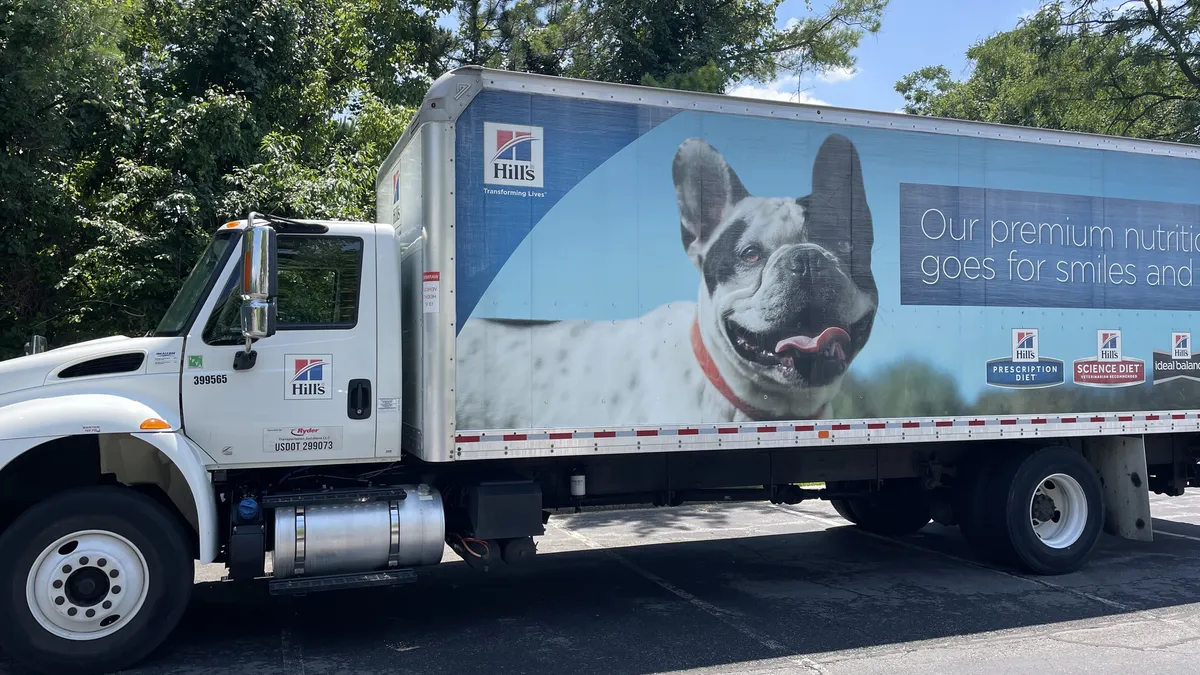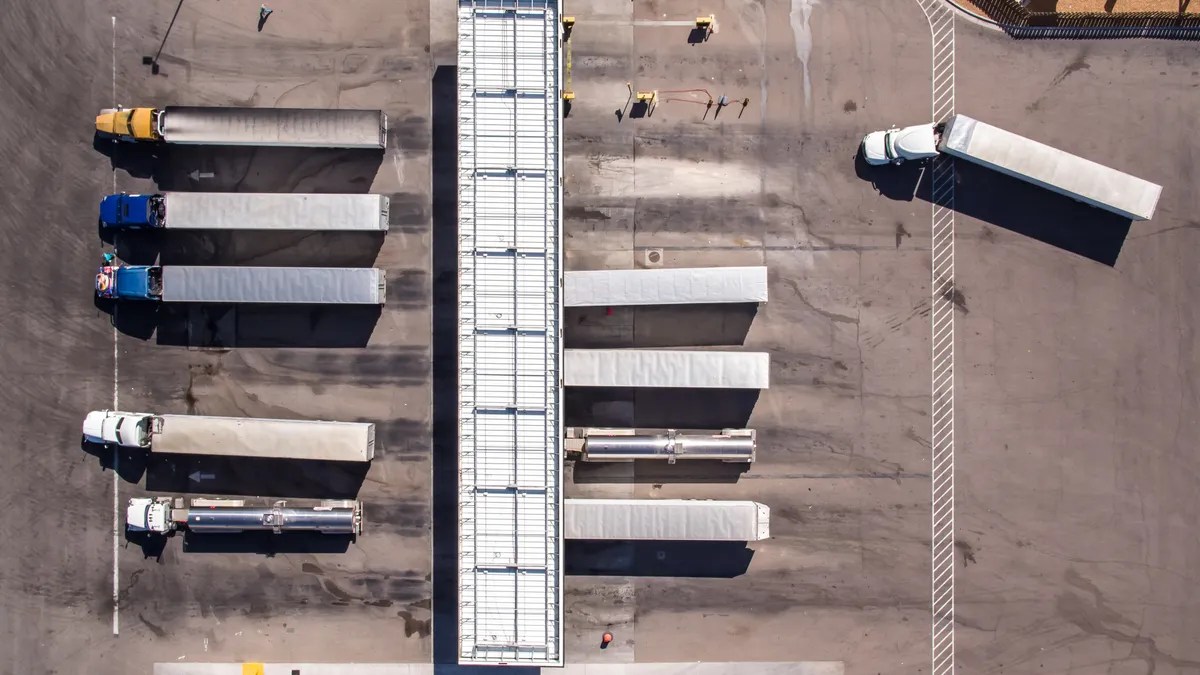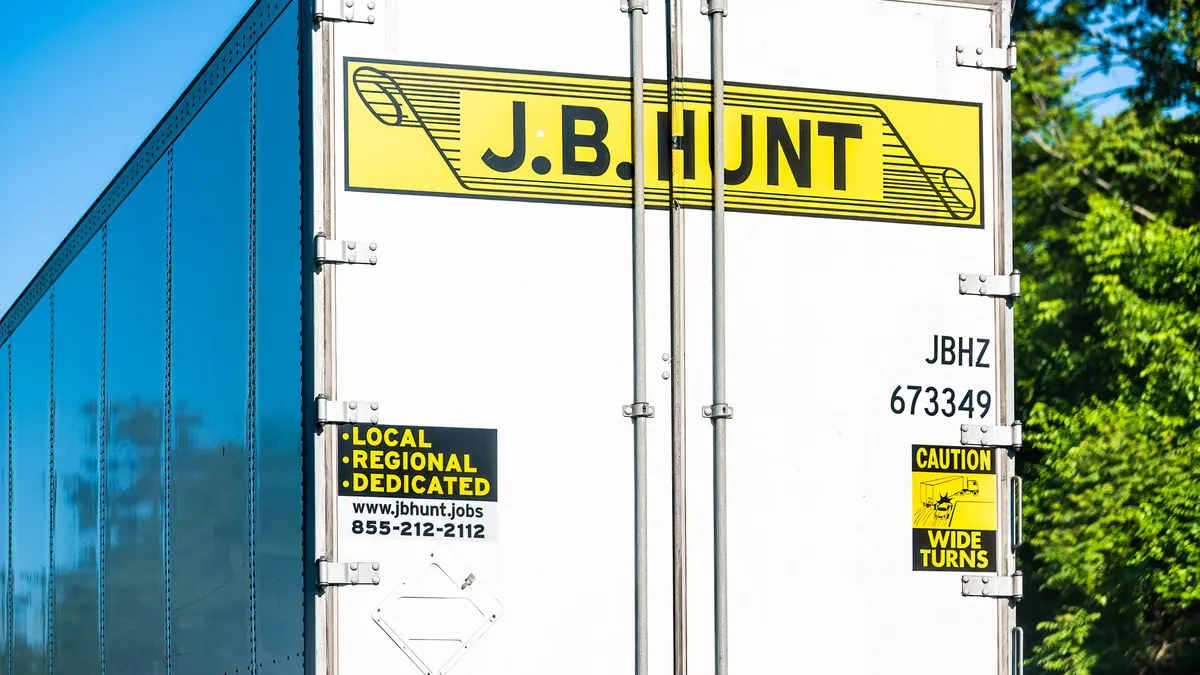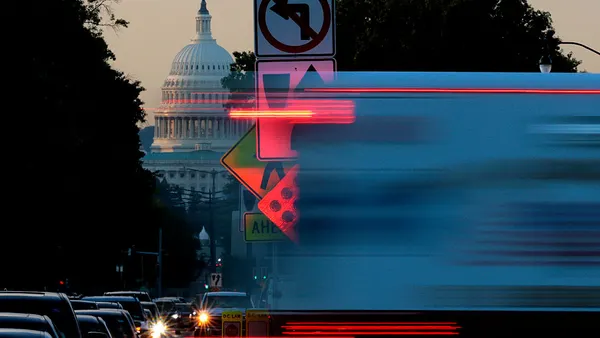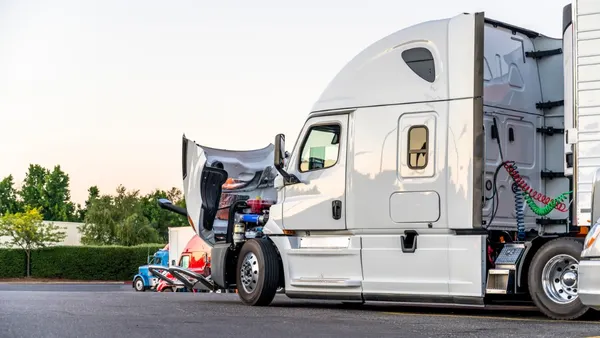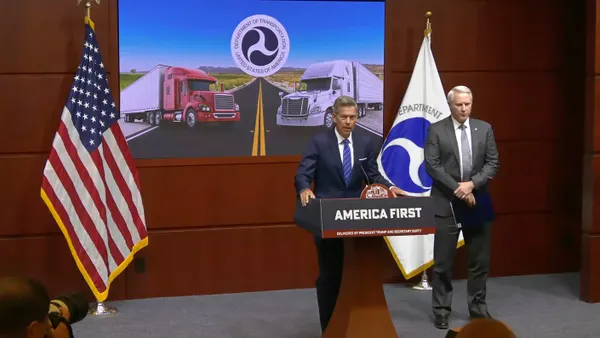A small group of 15 Maryland-based drivers with Ryder Transportation Solutions voted to unionize Aug. 25 in a 10-5 vote.
The workers, who distribute Hill’s pet food along the East Coast and are based in Elkridge, were motivated to join the International Brotherhood of Teamsters for a stronger voice at work, according to the union.
“I would say that earning a voice on the job was their number one goal,” Teamsters representative Scott Chismar said, adding that unilateral changes by management without crew input upset many workers.
Chrismar, a business agent and an organizer for the union, also told Trucking Dive that workers previously considered forming a union but held off after getting assurances from management.
Union push only part of Ryder’s workforce
RTS’ parent company, South Florida-based transportation and logistics provider Ryder System, has faced several union votes this year, both for and against collective bargaining changes.
Drivers at a Ryder Transportation Solutions location in San Diego voted 9-2 in June to have the Teamsters represent them.
But Ryder Truck Rental technicians and service workers in a West Allis, Wisconsin, election in March rejected a vote 8–1 to be represented by the International Association of Machinists and Aerospace Workers.
Meanwhile, 25 Ryder Integrated Logistics workers at a General Motors facility in Wentzville, Missouri, including dock clerks and customer logistics specialists, can vote in a mail-in ballot to join the United Auto Workers through Sept. 21.
The union membership represents a fraction of Ryder’s overall workforce. At the end of last year, Ryder had approximately 48,300 full-time workers, including 10,800 drivers and 4,800 technicians, according to an annual report filed in February.
The company said approximately 3,700 of its hourly employees are part of unions through 96 labor agreements, mainly with the Teamsters, United Auto Workers and International Association of Machinists and Aerospace Workers, the report said.
Workers trending toward union support
Meanwhile, National Labor Relations Board data compiled by Assistant Professor Kevin Reuning of Ohio-based Miami University has shown a yearslong trend of workers opting to create unions more than they opposed them.
Since 2014, workers have moved to have collective bargaining representation at twice the rate that they voted against endorsing unions. In contrast, that was more evenly split in the early aughts.
“I think a lot of that comes out of the pandemic situation where a lot of these workers ... could only really rely on each other,” Reuning said. “And they were, they're told they were frontline workers and incredibly important, and then they didn't always feel like that. That combined with a tighter labor market always helps organizing.”
Businesses’ approaches to resolving labor issues could be responsible for the shift in recent years. Chismar said employers have shifted tactics to make the case to workers against unions.
“Maybe in the past there would have been one ride-along or one or two captive audience meetings,” he said, adding that businesses have ratcheted up efforts in the last two or three years to solidify votes against forming unions.



